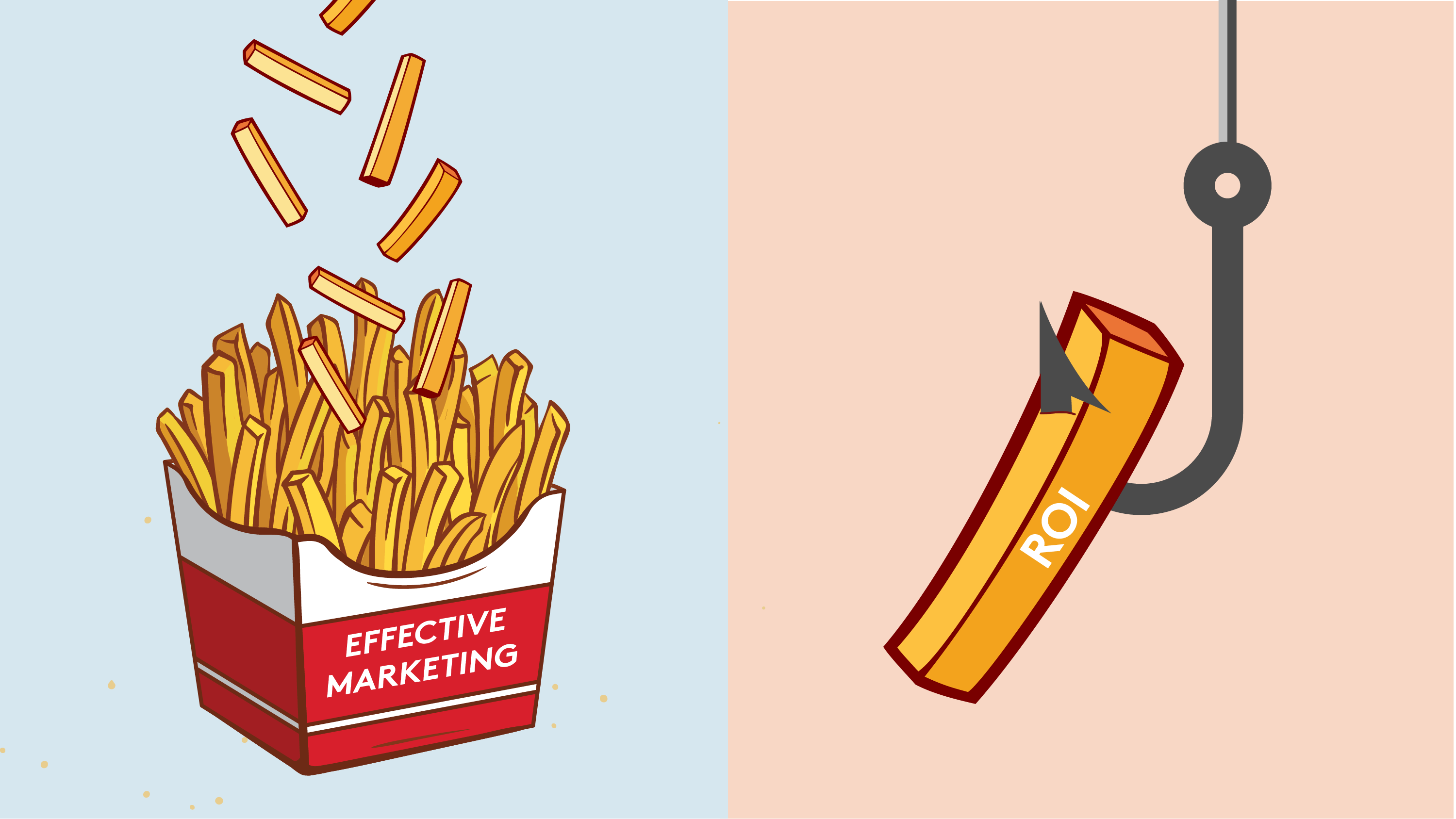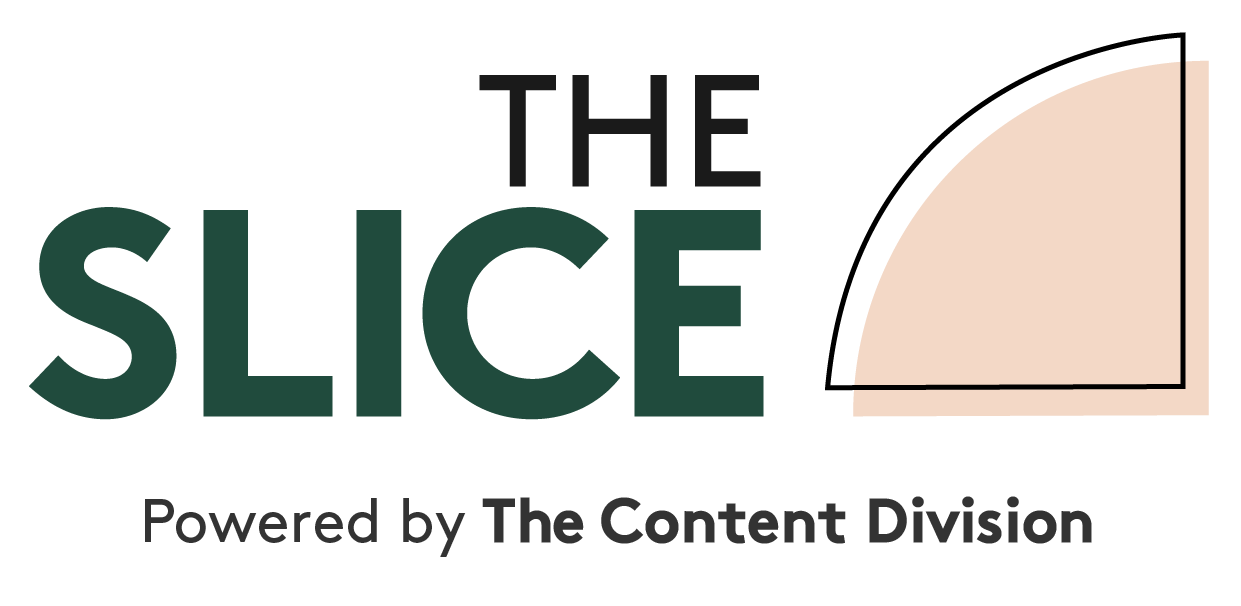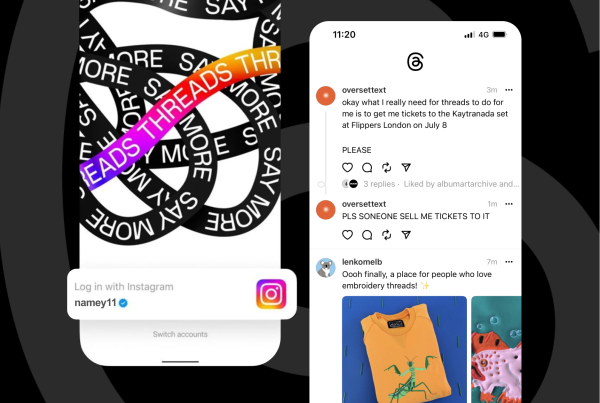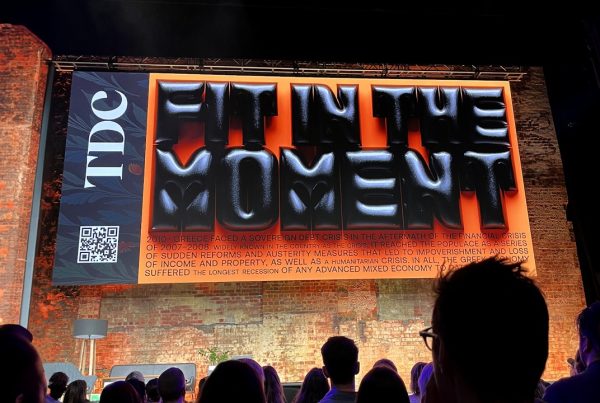
I remember taking my nephew to the cinema to see Finding Nemo when he was little.
He laughed his arse off every time those seagulls screeched “Mine!” as they became a hurricane of hungry idiots blindly chasing a taste of some fleeting, ultimately unsatisfying morsel they would instantly forget when the next opportunity to snack came along.
It may sound a bit mean but I feel the same way about marketers who seem to chirp out every day to their teams: “What’s the ROI on that?”
It’s rife in the people who describe themselves as purely digital marketers, which isn’t a thing, but that’s a thought for later.
The truth of it is the more that marketers become the seagull chasing that shitty, sand-covered cold chip each time they execute a tactic, the further away they get from long-term brand impact, great creative work, sustainable profit growth and a true measure of effectiveness.
Even worse, the folks in the C-suite – who often turn to their marketers to guide them through what effective measurement looks like – come to see micro tactics and their individual ROI metrics as the normal way of measuring marketing effectiveness.
And that really sucks.
Do you fully understand the I in ROI?
The thing about ROI is that it is a really good measurement. But there’s a problem when it becomes the primary or only metric for a brand seeking to understand the effectiveness of its marketing.
Brands that value it above all else tend to measure it in short-term bursts against a certain investment without thinking about the scalability of that metric over the longer term.
For example, if you invest $200,000 in a marketing activity and it delivers $2 million in revenue, simply scaling up the investment won’t deliver the corresponding metric in revenue. In most cases there is a plateauing curve in that return, and that threatens long-term profitability.
If you doubt that why not simply double down on your investment and see if it delivers a scaling result? (Adwords people would love if you did this.)
Didn’t think so.
By measuring ROI solely you’re actually focusing on the efficiency of your activities, not the effectiveness. And the two differ. Efficiency is important, but putting a fence around it constrains marketing effectiveness that can be achieved through some other pretty important activities.
There is also an inherent flaw in measuring solely the ROI of an activity in that it leaves out the impact of previous work. How did the legacy of your brand affect that result? Did that great creative from last year provide the platform, and your activity merely worked because of it? The winner in that is the creative, not necessarily the activity. In short, your ROI metric is cooked.
Also, the whole thing assumes your marketing and sales teams are in harmony, or are one function. And I’d put money on it that it’s unlikely.
In reality no blog can tell you exactly what to measure for marketing effectiveness – that comes down to a good strategic foundation and agreed upon objectives that align with the key metrics you’ll be keeping an eye on.
ROI can, and for many should, be in there. But if you don’t put it alongside things such as brand sentiment, net promoter scores, customer journey gaps, sales pipeline health, time to conversion, reviewing/renewing creative, and the countless more that you could pick, you’re destined for short-term wins, middle-term frustration and potentially a long-term calamity.
And if you are right now staring at that shitty, sand-covered cold chip being flung around by the people in your business, imagine how nice it would be if it were part of a big, hot, freshly cooked batch.
With salt. Because that is a great sentiment metric if I’ve ever tasted one.





